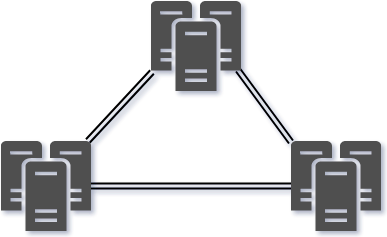Quality of Service Deployment
Choosing the correct WAN Type.
- WAN Providers, you get what you pay for.
- Tried and True providers
- Don’t design a sinking ship, bandwidth.
- Determine bursting capabilities.
- QoS classes / Policies support.
- Multicast support.
Modular QoS CLI ( MQC )
- Class-map
R1(config)#class-map ccdp Class-map configuration commands: description Class-Map description exit Exit from class-map configuration mode match classification criteria no Negate or set default values of a command R1(config-cmap)#mat R1(config-cmap)#match ? access-group Access group any Any packets atm Match on ATM info class-map Class map cos IEEE 802.1Q/ISL class of service/user priority values destination-address Destination address discard-class Discard behavior identifier dscp Match DSCP in IPv4 and IPv6 packets fr-de Match on Frame-relay DE bit fr-dlci Match on fr-dlci group-object Match object-group input-interface Select an input interface to match ip IP specific values mpls Multi Protocol Label Switching specific values not Negate this match result packet Layer 3 Packet length precedence Match Precedence in IPv4 and IPv6 packets protocol Protocol qos-group Qos-group source-address Source address vlan VLANs to match







